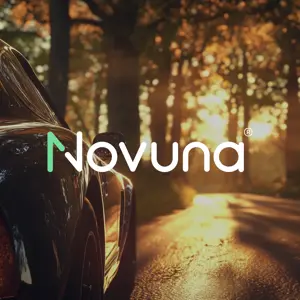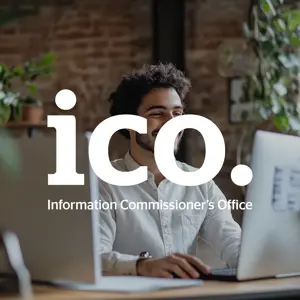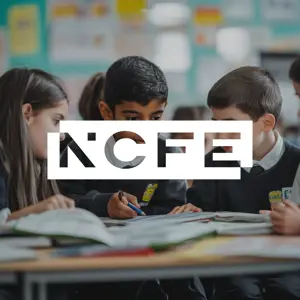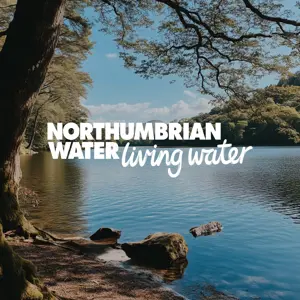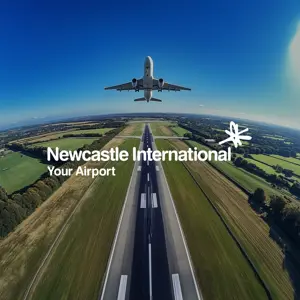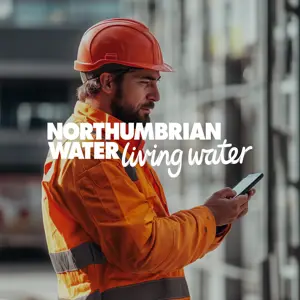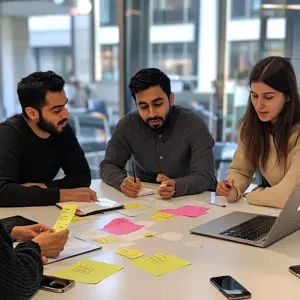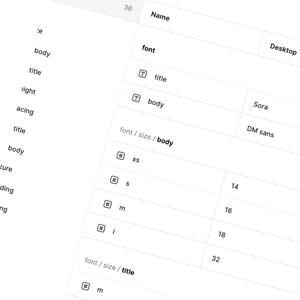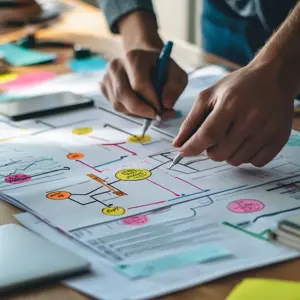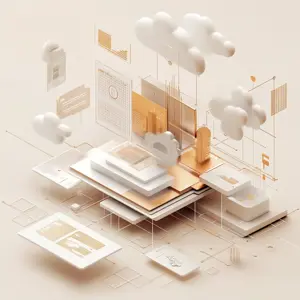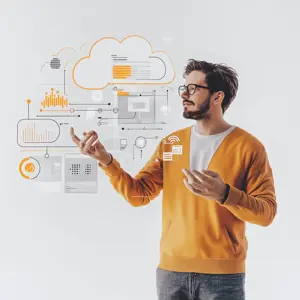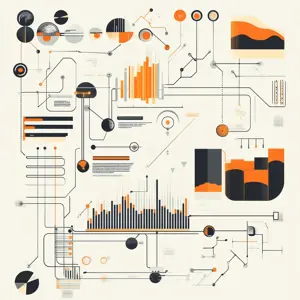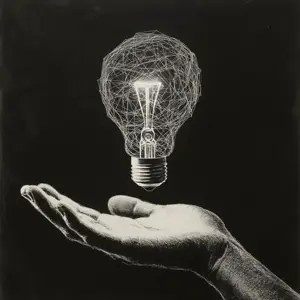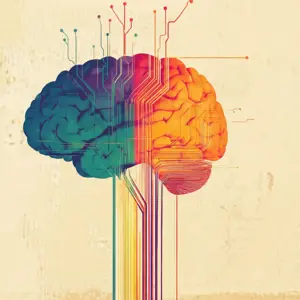Engaging users at the right time and place
To effectively engage users, it is crucial to identify the right stages of the customer journey to introduce educational initiatives.
Customer journey mapping is an essential step in being able to identify the most effective opportunities to interact with them without negatively impacting the user experience, and enlisting the strategies that are most relevant to specific user journeys.
Northumbrian Water’s implementation of their DropSwap initiative (you can read more about that here) is a great example of this. The app incorporated gamification around the completion of routine activities such as submitting meter readings, alongside making pledges that will contribute to enhancing the water environment.

Gamification has been a proven strategy for successful habit forming apps such as Duolingo. The language learning app enlists a combination of XP points, leaderboards, streaks and (at time relentless) notifications to keep it’s 40 million active users continuing on their language learning journey.
This app, and others like it, enlists the Octalysis framework, which identifies the core drivers for human motivation The framework, developed by Yu-kai Chou, can help designers enlist intrinsic motivators in behaviour change.

In Northumbrian Water’s case, the introduction of gamification resulted in a 32% increase in active users, providing an opportunity to integrate educational content alongside their regular interactions and a positive means of reinforcing key messages.
Enhancing user understanding and encouraging mass participation with data visualisations
To promote awareness and comprehension of water usage, it is vital to make information easily accessible and understandable.
There might be some number crunchers that relish in seeing how many cubic metres they’ve used each month, but for most of us a personalised visual representation of usage provides a much clearer picture.
NWL’s app lets users see where there’s opportunity for improvement, and the gratification of seeing their efforts to save water reflected in the app - particularly for metered users paying for what they use.
But perhaps more importantly, is the emphasis on how they compare to other users and inspiring a contribution to a much bigger goal.
The use of simple progress bars can have a profound impact on user behaviour in the world of online giving and crowdfunding, donors are compelled to make a contribution that will propel a fundraising campaign to the next major milestone. This is particularly true for achieving the overall fundraising goal – according to Fundly 42% of funds are raised in the first and last three days of a campaign.
On a more global level, data visualisation through BI dashboards can provide water companies with a holistic view of behaviour patterns in order to analyse the impact of their customer education efforts.
Rewarding experiences that prompt action
The main challenge in customer education is less about raising awareness of the need to save water, but about guiding users on simple actions they can implement in their homes, and reinforcing this learning through digital platforms that reward engagement.
Addressing water scarcity requires a collaborative effort between the water industry and end users. By strategically weaving sustainability literacy throughout everyday interactions with digital services, making it easy for users to take action and giving users a sense of achievement, it’s possible to drive real change in water conservation.
